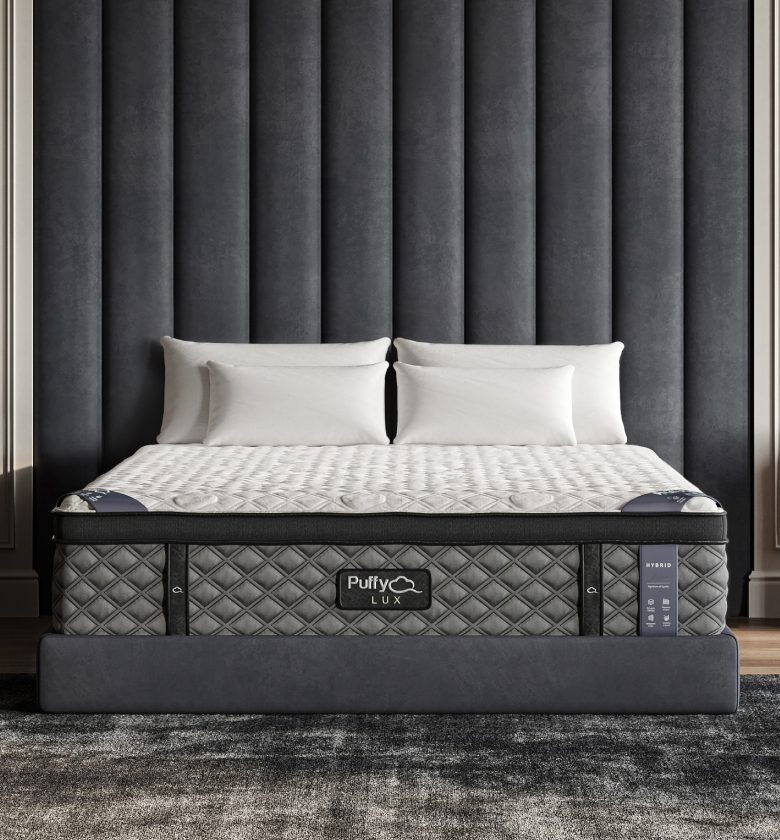Key Takeaways
- Custom photo pillows add a personal touch to home decor and make great gifts.
- Different methods, such as iron-on transfers, sublimation printing, and fabric printing, can be used to place an image on a pillow.
- Using the right materials and techniques ensures long-lasting, high-quality prints.
- Creating a pillow with a picture can be a fun and rewarding DIY project for any skill level.
Adding a picture to a pillow is a great way to create a custom home decor piece or a heartfelt gift.
Whether you want to immortalize a family photo, a beloved pet, or a special memory, learning how to put a picture on a pillow is a rewarding and straightforward process.
With a few materials and a little creativity, you can turn an ordinary pillow into a unique keepsake.
How to Make a Pillow with a Picture on It
Personalized pillows are a great way to showcase favorite memories, and making one is easier than you might think. Here’s how to create a pillow featuring your favorite image.
Materials Needed:
-
Plain pillowcase or fabric
-
High-resolution image
-
Printer and transfer paper (for iron-on method)
-
Fabric glue or sewing machine (for fabric printing method)
-
Sublimation printer and heat press (for sublimation method)
-
Scissors
-
Iron or heat press
Steps to Create Your Custom Picture Pillow:
-
Choose the Right Pillowcase or Fabric
-
Select a cotton or polyester blend fabric, as these hold prints best.
-
Ensure the fabric color complements your chosen image.
-
-
Select and Prepare the Image
-
Use high-resolution images to ensure clarity and detail.
-
Edit the image for brightness and contrast using a photo editing tool.
-
-
Print Your Image
-
If using iron-on transfer paper, print on the coated side following the manufacturer’s instructions.
-
For sublimation printing, use a sublimation printer on transfer paper.
-
If printing directly on fabric, ensure you use fabric-safe ink.
-
-
Transfer the Image to the Pillowcase
-
Iron-On Transfer Method:
-
Position the printed image face-down on the fabric.
-
Apply firm, even pressure with a hot iron.
-
Let cool, then carefully peel off the backing.
-
-
Sublimation Method:
-
Place the sublimation transfer paper on the fabric.
-
Use a heat press at 400°F for 30-60 seconds.
-
Remove the paper to reveal the design.
-
-
Fabric Printing Method:
-
Print directly onto the fabric using a fabric printer.
-
Secure edges by sewing or using fabric glue.
-
-
-
Assemble the Pillow
-
If using a pillow insert, ensure the case has a zipper or envelope closure.
-
For permanent pillows, stitch the fabric edges securely.
-
Pairing your custom pillow with a Puffy Lux Mattress creates an inviting, cozy sleep space filled with personal charm.
How to Put a Picture on a Pillow Case
There are several ways to transfer an image onto a pillowcase, each with its own benefits, depending on your budget, desired durability, and fabric choice.
1. Iron-On Transfer
Best for: DIYers looking for an affordable and simple method with minimal equipment.
-
Requires iron-on transfer paper, an inkjet printer, and an iron.
-
Works best on light-colored, cotton pillowcases for optimal image clarity.
-
Prints may fade over time with repeated washing, so gentle care is recommended.
-
Ideal for quick projects and personalizing gifts with photos or graphics.
2. Sublimation Printing
Best for: Vivid, long-lasting designs that won’t peel or crack over time.
-
Requires a sublimation printer, special inks, and a heat press.
-
Only works on polyester fabrics or specially coated materials to ensure ink bonding.
-
Produces vibrant, permanent prints that remain crisp even after multiple washes.
-
Ideal for professional-quality results or custom commercial products.
3. Fabric Printing
Best for: Professional, soft-feel results that blend seamlessly with the pillow fabric.
-
Uses fabric-compatible ink and a specialized printer designed for textile applications.
-
Requires a pre-treated fabric to properly absorb and retain the ink.
-
Allows for soft, flexible prints without the plastic-like texture of transfers.
-
Offers a more durable and comfortable finish, making it a great option for everyday use pillows.
Comparison of Picture Transfer Methods
| Method | Cost | Durability | Best For |
|---|---|---|---|
| Iron-On Transfer | Low | Moderate | DIY beginners, quick projects |
| Sublimation | Medium | High | Bright, long-lasting prints on polyester |
| Fabric Printing | High | Very High | Professional-quality, soft feel prints |
Tips for Maintaining Your Picture Pillow
To ensure your custom pillow remains vibrant and durable for years to come:
-
Wash inside-out on a gentle cycle to protect the image from excessive friction and fading.
-
Avoid high heat when drying to prevent peeling, cracking, or warping of the transferred design.
-
Use fabric-safe detergent to preserve color and material integrity, ensuring the fabric remains soft and the image stays crisp.
-
Spot clean if possible to maintain longevity and reduce the need for frequent washing, which can gradually wear down the design.
-
Avoid harsh scrubbing on the printed area to prevent damage to the image and maintain a smooth, even appearance.
Placing a custom pillow on a Puffy Cloud Mattress adds a layer of warmth and personal touch to any bedroom setting.
Final Thoughts
Creating a custom pillow with a picture is a fun and creative way to personalize home decor or make a thoughtful gift.
Whether you choose iron-on transfers, sublimation printing, or fabric printing, each method offers unique benefits.
With the right materials and techniques, you can create a long-lasting, high-quality pillow that brings joy for years to come.

- 8 layers of cloudlike luxury.
- Medium-plush feel.
- Gel-infused cooling.
- 101-night sleep trial.












